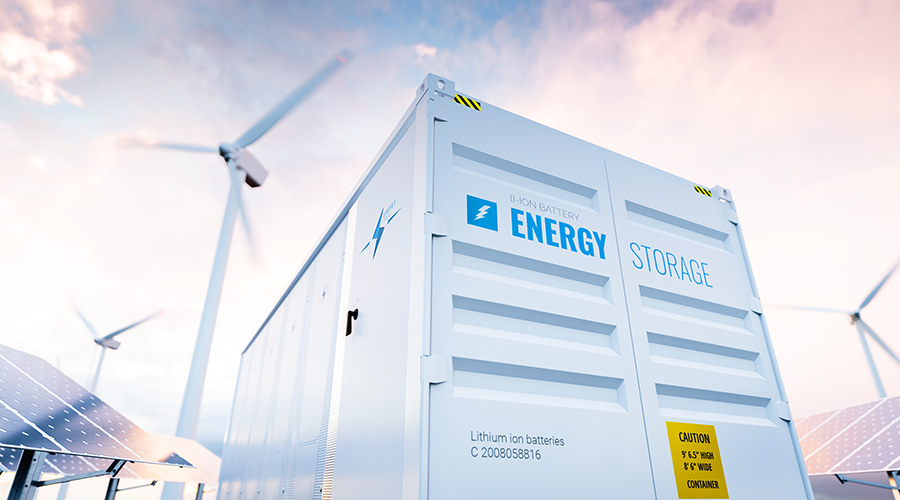How EPDs Are Created, What They Include, and Why They’re Useful
To understand why EPDs are useful, facility managers should know how they're created and what they include.
EPDs are based on Product Category Rules (PCRs), which are a set of rules, requirements, and guidelines for developing Environmental Product Declarations (EPDs) for one or more product categories.
• A Product Category is a group of products that can fulfill equivalent functions - for example, floor finishes, concrete blocks, or insulation
• PCRs are particularly useful when the environmental impacts of products within a category group are to be compared - perhaps as part of a product specification process. PCRs are important because they provide a level playing field for a more consistent comparable EPD output. Finally, in order for a product to have an EPD there must first be a comprehensive Life Cycle Analysis (LCA) available, as it is the basis for creating an EPD.
All EPDs include several characteristics. These include:
Objective - based on internationally accepted and valid methods for life cycle assessment (LCA) to identify and focus on the most significant environmental aspects, leading towards continuous improvement.
Neutral - absent of claims of environmental preference, valuations, and predetermined environmental performance levels.
Open to all products and services - through their neutral character and non-selectivity, they have the widest range of applicability to all products and services.
Open to all interested parties - through easy access, usually via the Internet; each program is responsible for keeping a publicly available registry of its EPDs.
Environmental impact-oriented – by allowing inclusion of assessments of potential environmental impacts.
Instructive – EPDs explain terms, definitions, and concepts, as well as general information on relevant environment issues, to help in the interpretation of the information.
EPDs are a useful part of product selection for several reasons.
First, EPDs can serve as a management tool for manufacturers, purchasers, the procurement and purchasing functions of an organization, product designers, and marketing strategy by monitoring the product data and applying the outcomes to improve environmental performance.
Second, they can be a communication tool for manufacturers, suppliers, distributors, purchasers, contractors, and users by functioning as a source of environmental information.
Third, EPDs are a valuable evaluation and assessment tool for professionals, procurement, contractors, and buyers, all of whom can use EPDs for making more informed decisions and for benchmarking environmental information.
Fourth, EPDs are a useful procurement tool for government, commercial and institutional purchasers.
For a facility manager, it’s important to highlight that EPDs provide credible environmental information in a variety of areas. This allows facility managers to find relevant information (such as water use, energy use, and the like) all in one place, instead of hunting it down from a variety of sources.
EPDs help purchasers and specifiers comply with a variety of green building rating systems, including LEED. In LEED v4, EPDs contribute to the Materials & Resource Credit #2: Building Product Disclosure and Optimization, which provides a possible 2 points. In Green Globes, EPDs are outlined in Section 3.5.1.2.1 Path B: Prescriptive Path for Building Core & Shell – Material.
A certified EPD is the only report backed by third-party certification and industry-accepted procedures that allows a facility manager to locate the relevant information in one place. This type of EPD provides the most information about a product and serves up hard data.
Currently, not all EPDs are fully comparable. When comparing products’ EPDs in the decision-making process, purchasers and specifiers need to have access to truly comparable information, otherwise their decision will not be made on equally relevant data. Currently, the PCRs that exist in the marketplace do not yet have detailed-enough requirements in place around items such as software, data sources, and practitioners for them to enable a truly apples-to-apples comparison every time. This is why UL Environment is working with USBGC to produce EPDs that will be jointly labeled with the UL Environment and USGBC marks, easily identifying them as qualifying for LEED v4 credits.
Dagmar Ebaugh is PR and communications manager for UL Environment, a national third-party program operator for EPDs.
Related Topics:












